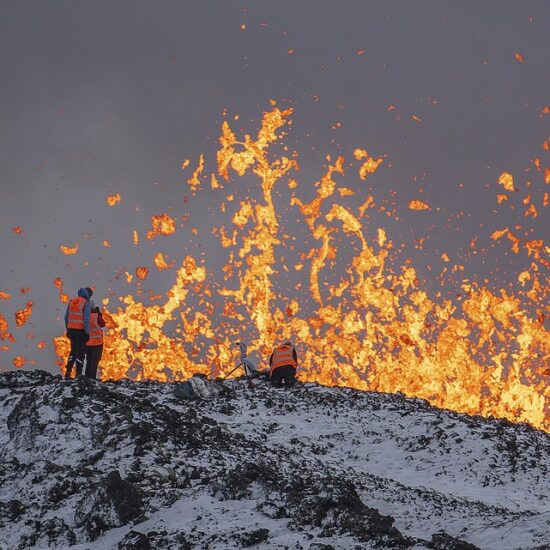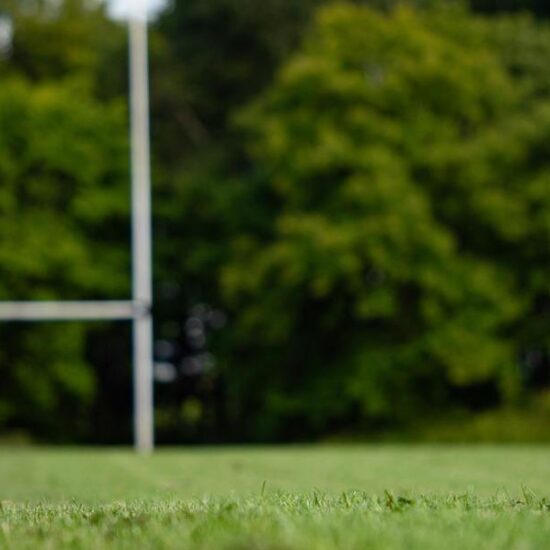
Taylor Swift titled one of her albums 1989, but when her new record Midnights arrived this week, it really did feel like that year: Fans were able to buy it on LP, CD, and — find that old boom box — a cassette. But don’t ask Steve Stepp, owner of the Missouri-based National Audio Company, if his in-demand firm is manufacturing all that tape. He won’t tell you.
“I can’t say that,” Stepp says, of both Swift’s album and last week’s cassette version of Billie Eilish’s Happier Than Ever. “We sign NDAs with the labels. I don’t know why. Some companies are that way. We have done Billie Eilish tapes before, put it that way.”
Welcome to the unexpected, ongoing, and sometimes baffling world of the cassette revival.
For much of the Seventies and Eighties, fans happily took to the cassette. Thanks to the arrival of the Sony Walkman in 1979, listeners could run, or, yes, walk, to their own private soundtrack for the first time — and could also make some pretty cool and personal mixtapes. But with the onset of the CD, sales of the cassette format peaked in 1989; in a symbolic death knell, Sony stopped making the Walkman in 2010. With that, the cassette seemed headed the way of the 78 rpm, the 8-track, and other relics of the 20th century music-listening experience.
Nostalgia for the audio cassette would seem to be a stretch. Few could possibly miss tangled tape, cracked cases, and audio quality that could sound like someone had thrown a blanket over a speaker. But at this point, its resurgence is undeniable. In addition to Swift and Eilish, Lady Gaga, the Weeknd, Maren Morris, and Sturgill Simpson, to name just a few, have made some of their albums available on the format. Next month’s Record Store Day will include tape versions of recent records by Alanis Morissette and My Morning Jacket.
That trend — major pop artists joining indie bands in the tape renaissance — partly explains why sales of the format have jumped in the last few years, from 173,000 in 2020 to 343,000 last year, according to Luminate. As of this writing, 306,384 cassettes have been sold in 2022, which means sales are on track to at least match last year’s. “It reminds me of the early days of the vinyl revival,” says Scott Register of ThinkIndie Distribution. “I’d go to conventions and speak about vinyl and laughter would ensue. I’d go back the next year and report higher sales percentages, and there would be less laughter.”
The music industry isn’t chuckling. Sensing a new profit avenue, the French company RTM Industries, known for its reel-to-reel tape, jumped into the cassette market in 2018. According to CEO Jean-Luc Renou, his firm has made the equivalent of “more than 2 million miles” of new tape — three or four times the amount of just four years ago. His company also makes its own portable player, inspired by the Walkman, for $99. Newly made boomboxes (from Crosley, among others) and other quasi-Walkman devices can be found in electronics stores, while companies like TEAC continue to make those home-stereo cassette players for living-room cranking. And cassette decks were being installed in many cars up through 2010, so a respectable road market still exists.
The slowdown in vinyl pressing plants during the pandemic has also stoked the cassette revival: Compared to the months it can take to press an LP, companies like RTM can be handed music, artwork, and cassettes and have finished tapes ready for artists to sell within two weeks.
So who exactly are buying the cassettes, even if 3,000 copies sold of an Avett Brothers cassette isn’t massive? Millennials and Gen Z may be tempted to view them as souvenirs, another type of merch that, like vinyl, bonds them to their favorite artists. According to Luminate CEO Rob Jonas, “Millennials in the U.S. are 42% more likely to buy cassette tapes than listeners from other generations” as a way to support their faves. There’s also Gen X nostalgia at play: Pearl Jam, for instance, reissued their hit song “Alive” last year — on the even more obscure “cassingle.” “They buy things you’d never think anyone would buy,” Chris Holt of Young Ones Records in Kutztown, Pennsylvania, says of Gen X customers. “They’re like, ‘Wow, man, Paula Abdul!’”
But along with the revival comes all sorts of quirks. One indie act decided it wanted to include a 12-panel insert, which measured about a foot and a half long when unfolded. “We had to find real thin paper,” says Stepp.
For stores, pricing, which is controlled by the labels, can be confounding. Certain tapes sell for between $8 and $10, while others go for upwards of $20. Some new editions, like the brown version of Eilish’s Happier Than Ever, have different-colored packaging, which can be its own issue. “The color of the shell is starting to be a thing,” says Holt. “People come in looking for a certain color and sometimes they won’t buy it because they want that color.”
Surely to the annoyance of some diehards, special-edition cassettes from the last few years can also fetch jacked-up resale prices online. A limited-edition tape version of Dua Lipa’s Future Nostalgia can go for $249 on eBay, and the 25th anniversary cassette of Sublime’s debut 40oz. to Freedom can set you back over $420. “It’s a little bit insane,” says Carrie Colliton of the Record Store Day group. “But people just love what they love. There are people who buy vinyl and don’t listen to it; they just like having a physical artifact. And cassettes are even easier to collect. We can’t underestimate the human love of things that are fun and cute.”
For some acts, there’s even old-fashioned analog appeal at work. Virginia’s country-rock blasters 49 Winchester just rolled out 300 cassette versions of their latest album, Fortune Favors the Bold. “There’s a little bit of warble and hiss on it,” admits bassist Chase Chafin. “But it honestly makes our record sound a little more like it’s in a time capsule. It has a life of its own.”
To commemorate the release, all six guys in the band decided to autograph the cover, which presented another challenge. “Yeah, some of the signatures are smaller,” Chafin says. “It’s very hard to sign those.”














